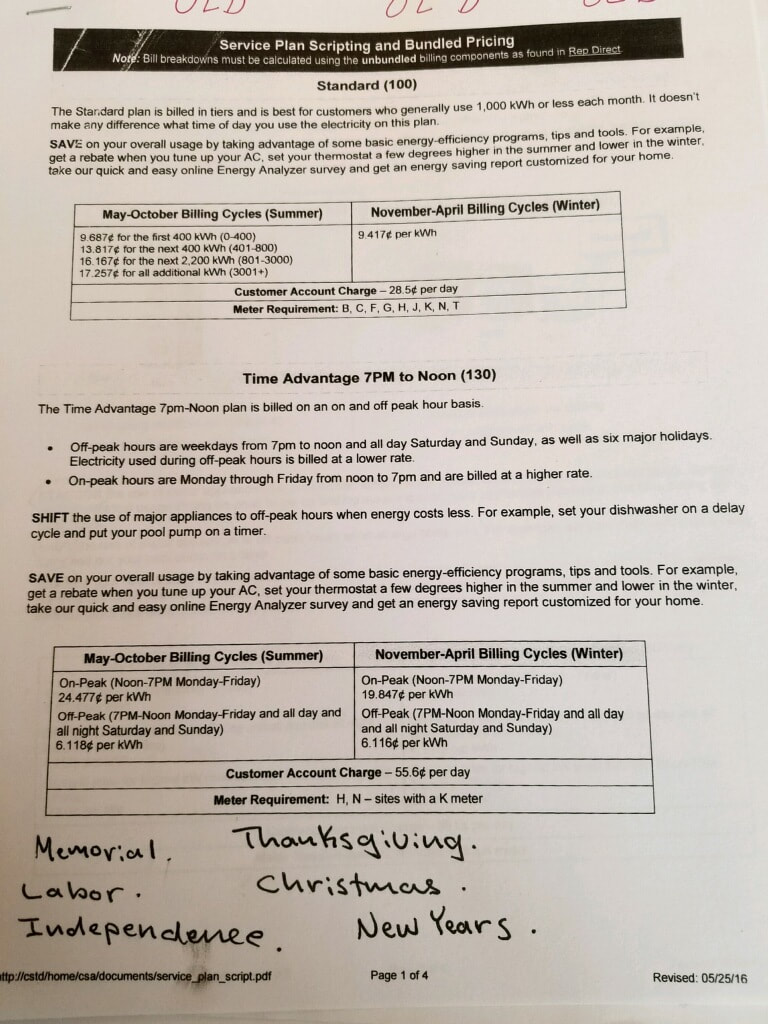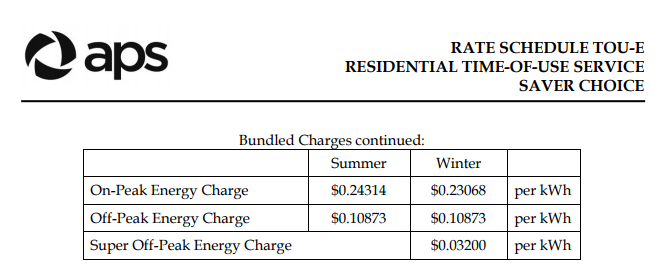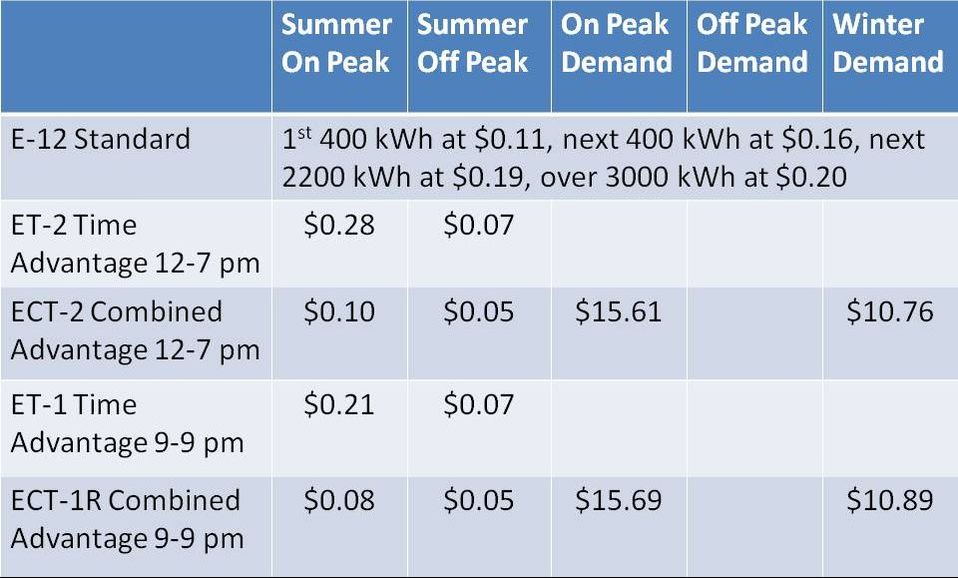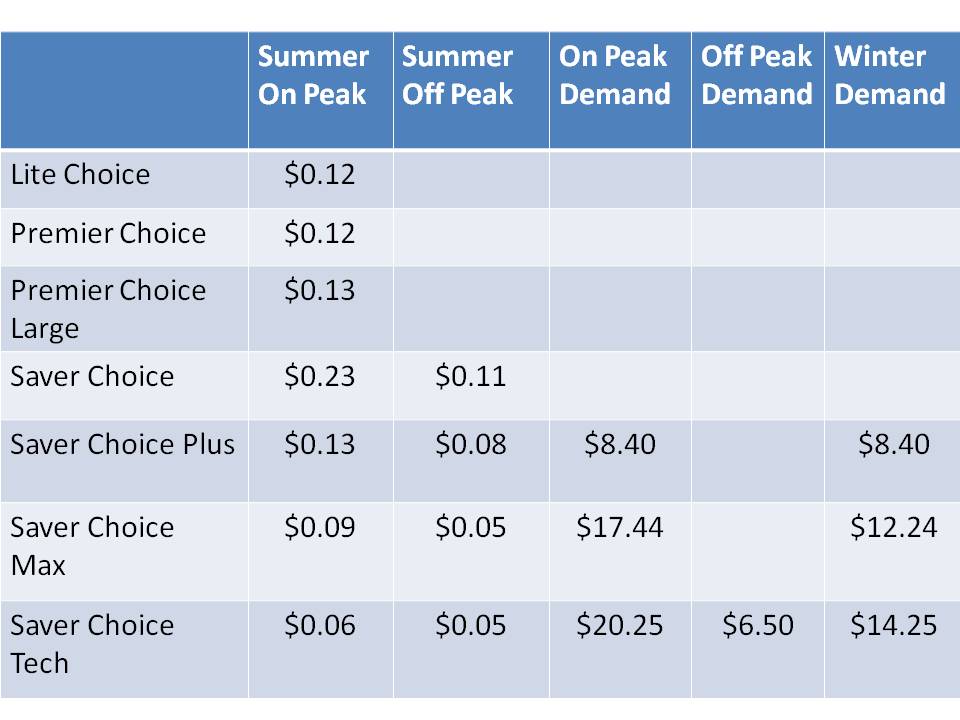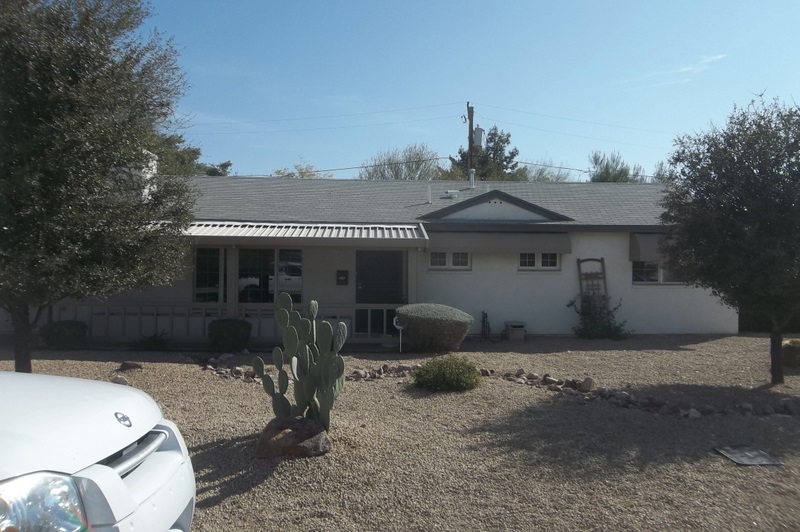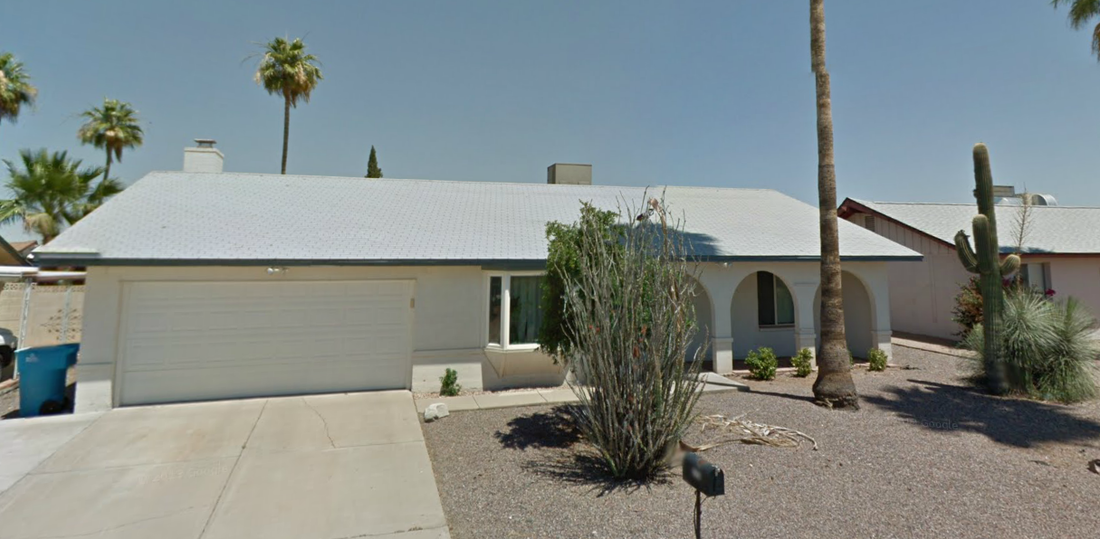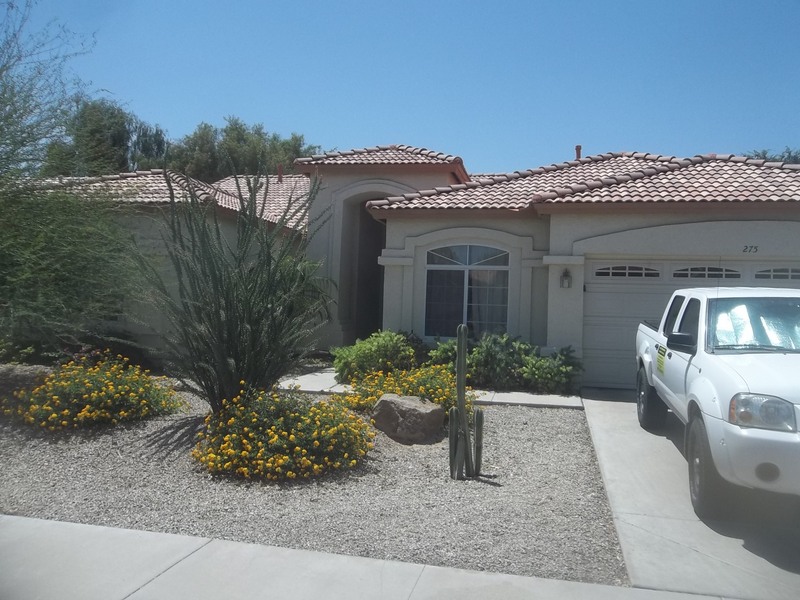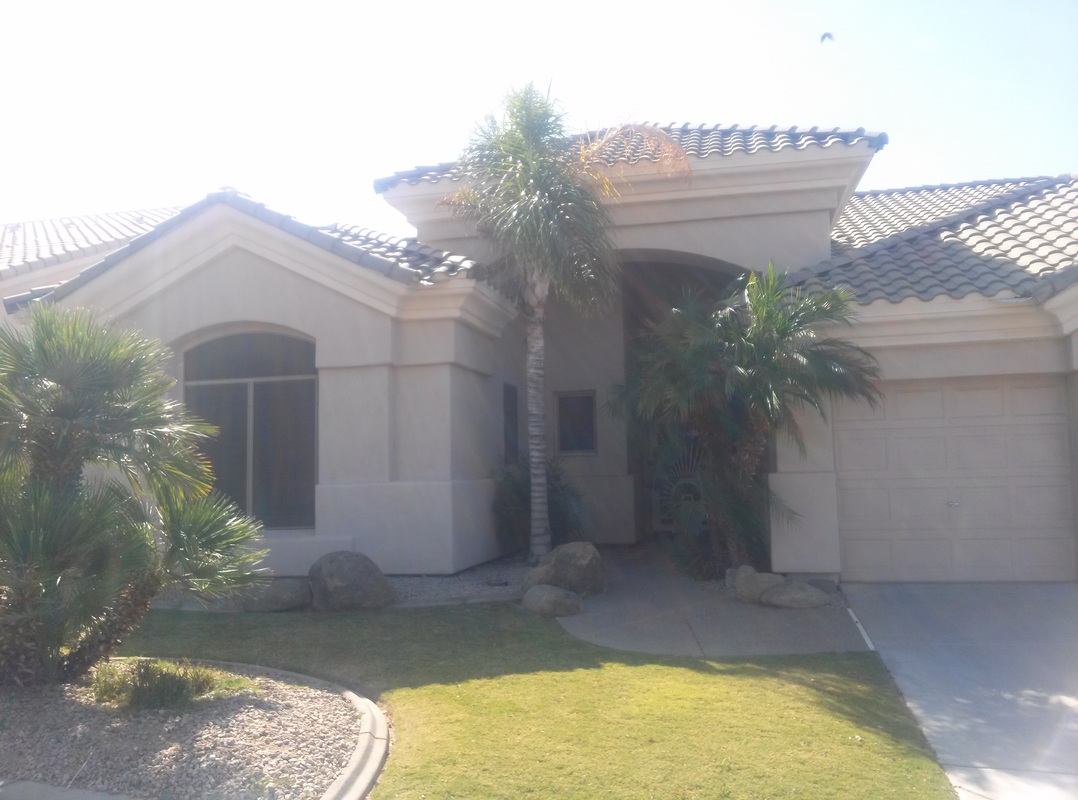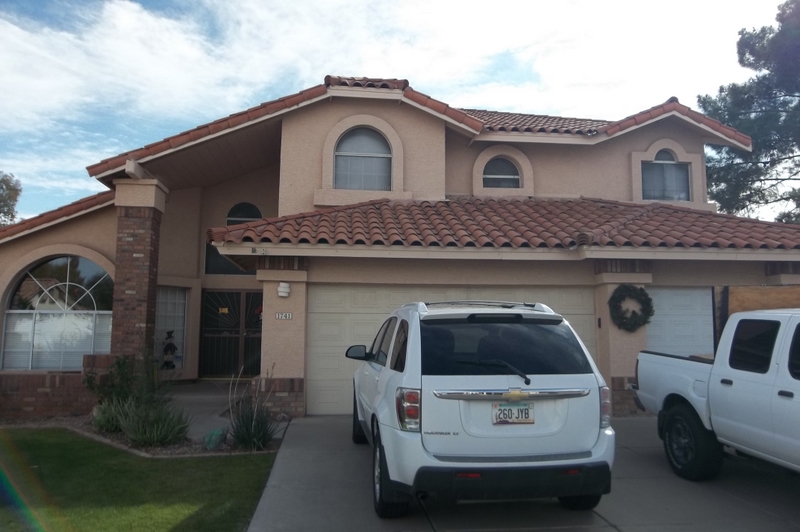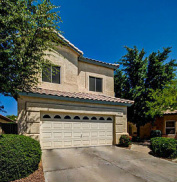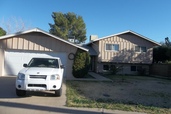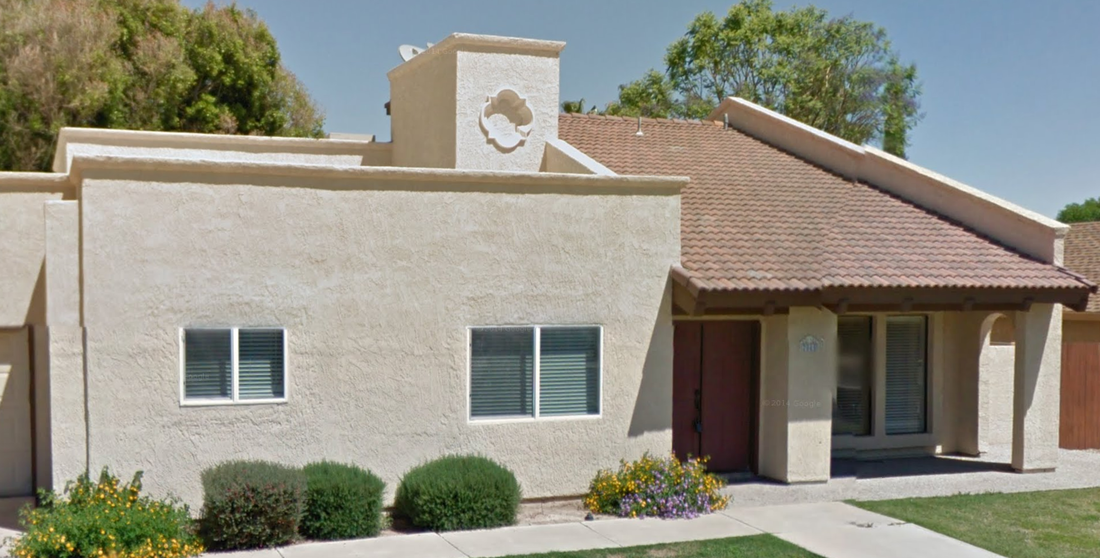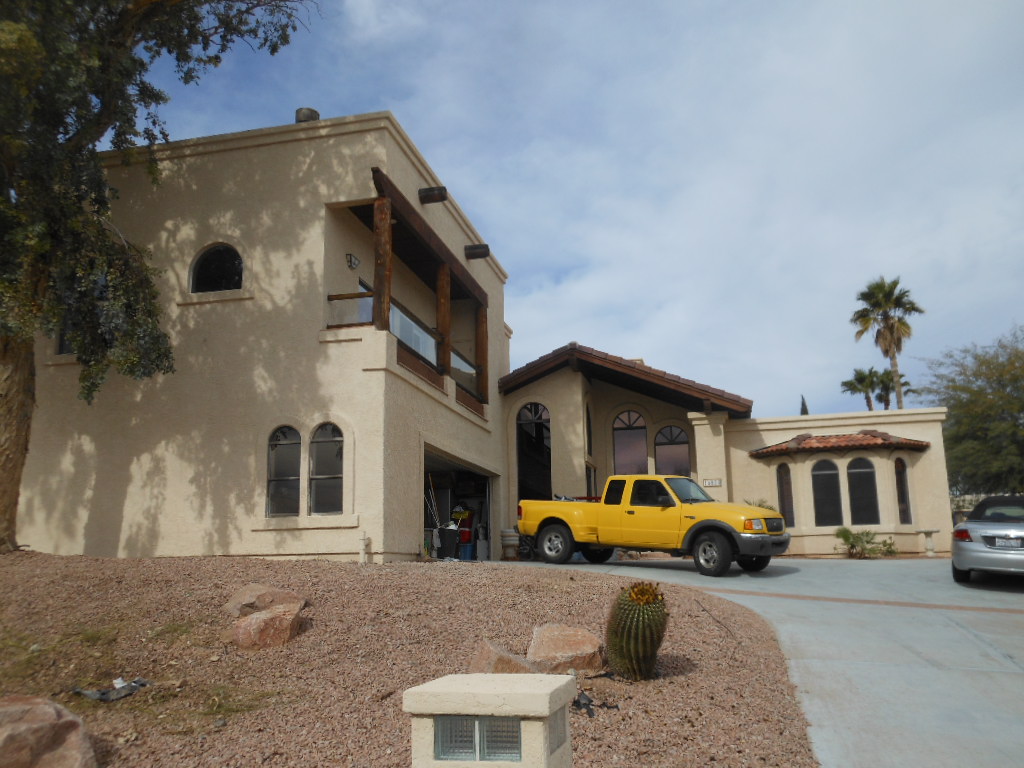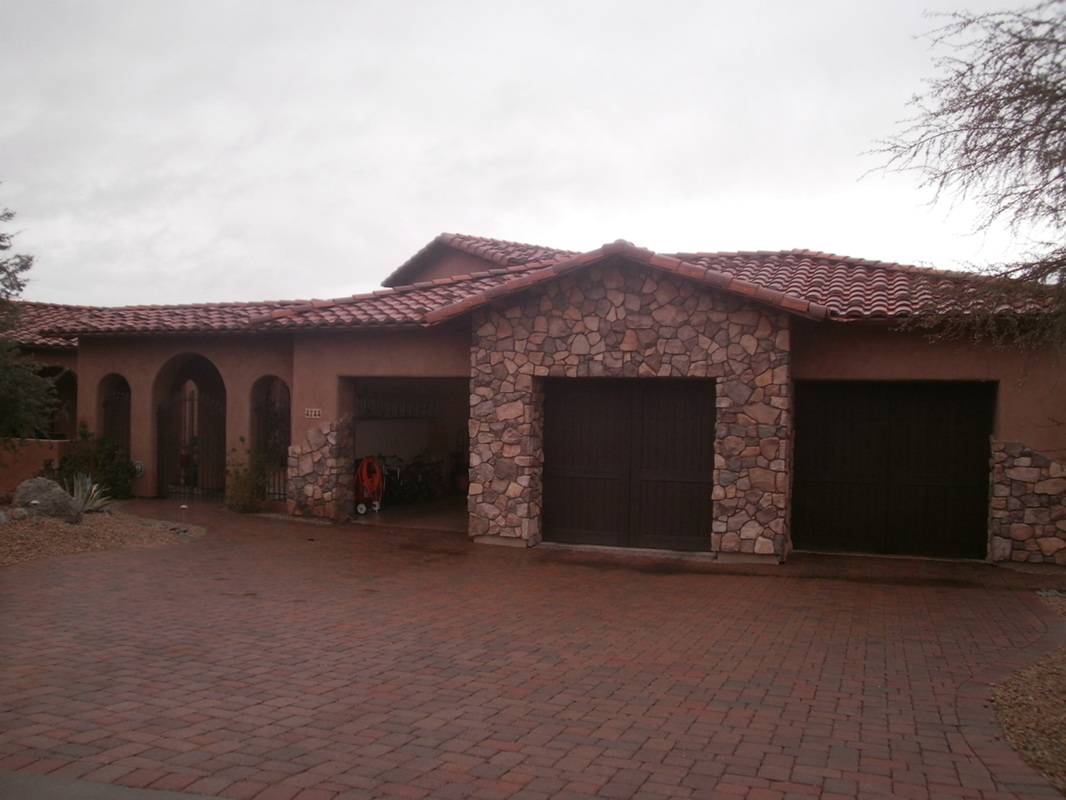|
APS customers are in for a big surprise this summer as their energy bills will spike even if there energy usage goes down because of dramatic rate increases by the utility company. The Arizona Corporation Commission has already approved utility rates that increase APS customer’s energy bills by as much as 70% (see below for calculation) by May 1st, 2018. APS states that the rate hike will better reflect the true cost of serving customers during peak hours but it will also offset the lower energy bills solar customers have that APS says is eating into their bottom line even as they profit from removing program to help customers save money on their energy bills through efficiency upgrades. You may have seen or heard APS promoting their rate changes as giving customers more options but in fact, they are mandating that every customer choose a new rate and will not allow any rate plans to be grandfathered in and the rate changes homeowners are going to see are amazing. What Are The New APS Rate Plans Below is a table of APS frozen rate plans which will expire by May 1, 2018. Below is a table of APS’s new rate plans. You can also view APS's new rate plans here. The lowest on-peak and off-peak rates will come with a demand charge that penalizes customers for using more energy during the hottest part of the day. Let’s say you had the ECT-2 Combined Advantage with peak hours from 12-7 pm with APS. Now, APS wants to switch you to the Saver Choice Plus with peak hours from 3-8 pm. Look at the table below to see what change you could expect. That’s a $54 increase or 16% additional costs for using the exact same energy you were last year. Not only is the rate increase dramatic, the new rate punishes those who need the house at a cooler temperature for medical reasons or if you are like me and have teenagers in the house that don’t care what the thermostat is set to. What is a Demand Charge? A demand is a unit of measure APS and SRP use to say how much energy you are using at one time. Your demand increases when you are using multiple appliances at one time. If you have your dishwasher, dryer, water heater and AC running, your demand much bigger than someone running only their water heater. Obviously in Arizona, the air conditioner is the majority of our demand and when we need it the most during the hottest part of the day, that’s when APS penalizes us the hardest for staying comfortable. APS has a demand rate fee for each unit of demand so if your home averages 5 Demand Units, you would be charged $8.40 x 5 = $42. APS customers get their demand averaged every hour. SRP customers get their demand rate averaged every 30 minutes. The demand is an average so if you go above a demand of 4 one time but average a 3 in an hour period, you will be charged a 3. How Much Energy Do Your Appliances Use?
How to Prepare for APS Demand Charge There is no way around the monstrous APS rate increase but there are ways to prepare and make the best of a bad situation.
Compare APS Plans to Predict Your Energy Bills Under Different Rate PlansWant to know what your energy bills are going to be under APS’s new rate plans? Use our tool to compare plans to see which plan makes the most sense for you. I’ve created a handy payment estimator that can predict your energy bills and help you to decide which rate plan is best and strategies to best manage your demand rate during peak hours. Simply fill energy your highest and lowest energy bill below and we will create a customized prediction table, recommendation and plan of action for you.
0 Comments
Your comment will be posted after it is approved.
Leave a Reply. |
Sign Up For Your Home Energy AuditFIND YOUR HOME TYPERanch HomesSingle Story, Spec HomesTwo Story, Spec HomesTri-Level HomesPre-1990 Custom HomePost-1990 Custom HomeDon't See Your Home? Find Your City Below!Archives
April 2024
Copyright Notice©2009 – 2023
All Rights Reserved |


